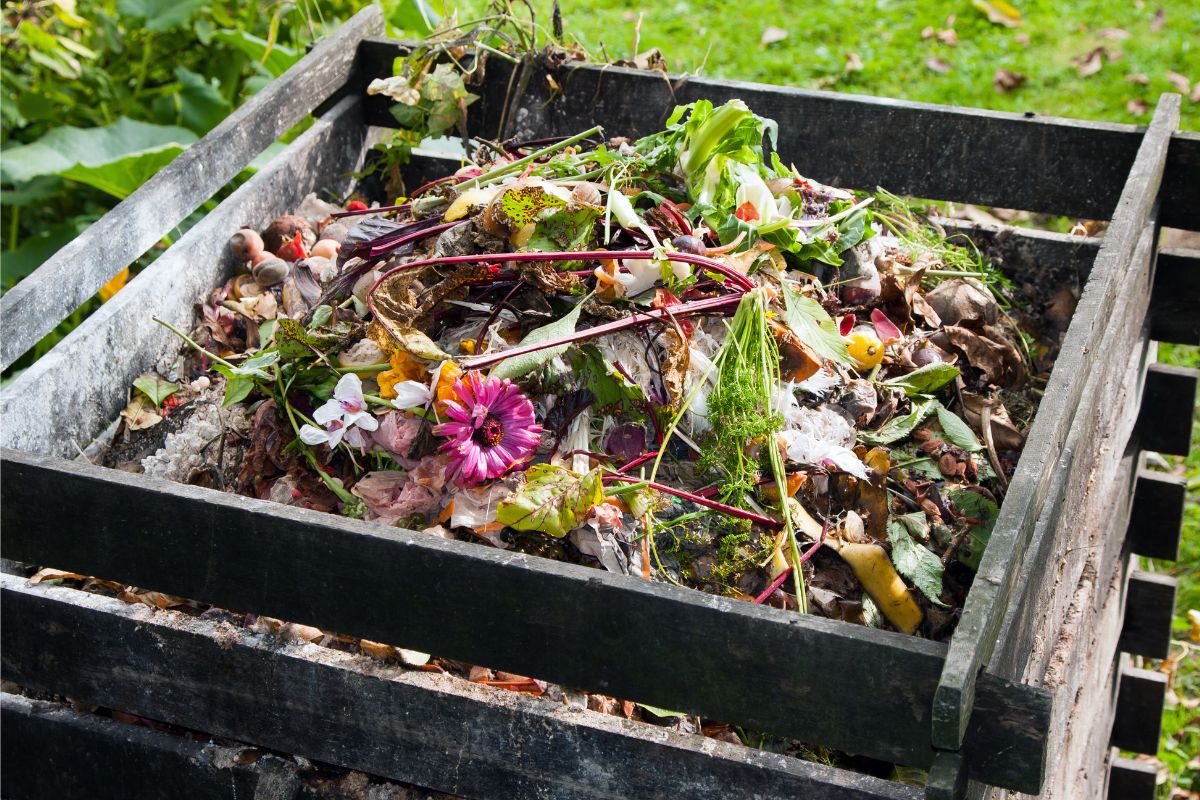In recent years, the negative impact plastics can have on the environment has gained considerable attention. This is particularly true for single use plastics which represent 40% of total plastic production. In the US alone this means the manufacture of over 13 million tons of plastic packaging and containers every year since 2010. In response to this newfound awareness, bans on single-use plastics have begun to rollout out in countries all over the world, including UK, Canada, and China. Biodegradable plastics are trending as the environmentally friendly alternatives that consumers are looking for. But how green are they really?
What are Biodegradable Plastics?
Biodegradable plastics are materials that can be broken down into water, carbon dioxide, and bio-mass over time with the assistance of microorganisms. While that might sound good it is important to note that every material will biodegrade if given enough time. The length of the biodegradation process is highly dependent on environmental conditions such as humidity and temperature. This leaves the term biodegradable ambiguous, if not deceptive, to consumers.
Oxo-degradable plastics should not be confused with biodegradable plastics. They are not a biodegradable plastic. Instead, they are conventional plastics mixed with an additive in order to mimic biodegradation. However, they do not break down at the molecular level like biodegradable and compostable plastics. Oxo-degradable plastics just disintegrate into smaller pieces, called microplastics. These microplastics continue to be a growing concern regarding both environmental pollution as well as undermining the goal of a circular economy.
A small subset of biodegradable plastics can be further defined as compostable. Compostable plastics can not only be broken down by microbes but in the presence of organic waste they can also be turned into compost. Only plastics that follow the clearly defined biodegradation requirements laid out in ASTM D6400, EN 13432, or ISO 17088 can be designated as compostable. Plastics certified as compostable will disintegrate within 12 weeks and biodegrade by at least 90% within 180 days in a composting facility. An estimated 10% of the material will remain as compost, or biomass and water, and is to be free of toxins.
 Outlook of Compostable Plastics
Outlook of Compostable Plastics
Compostable plastics appear to be a green alternative, but what really happens with all those compostable utensils, straws, and dinnerware that you see in used in food service today? Like the fate of most single use plastics, those products end up in a landfill. Landfills, which are sealed, airtight containers in the ground with few if any microorganisms, do not allow compostable plastics to biodegrade. In a landfill, compostable plastics will persist similarly to their nonbiodegradable plastic counterparts.
The composting available at many municipal waste facilities today across the US is limited. According to the EPA, in 2017 the total municipal solid waste composted was 27 million tons. Of this total 24.4 million tons was yard trimmings and only 2.6 million tons, 9.6%, was food waste. The low percentage in composting of food waste directly correlates to that fact that only an estimated 185 U.S. cities collect food waste at the curb. This is because most of today’s municipal composting centers were not designed to handle food waste.
For the estimated 3% of U.S. facilities that do take food waste, compostable plastics can be composted right alongside food scraps. However, even commercial composting facilities that will accept food waste will not accept compostable plastics. There are several reasons for this with the top among them being: 1) they don’t compost as fully or quickly as needed 2) compostable plastic waste streams are likely to be contaminated with non-compostable plastics and 3) compost that uses most packaging materials cannot be sold to organic farmers per the national standards.
If you are thinking composting these plastics at home is the answer, think again. Many certified, compostable plastics cannot be composted at home because they require the higher temperatures of industrial composting to biodegrade quickly enough, or in some cases at all. Take PLA (polylactic acid) for example, a thermoplastic aliphatic polyester derived from renewable resources such as corn starch and the second-largest compostable plastic as a result of global consumption volume. PLA biodegradation requires composting at over 58 ˚C and 50% relative humidity. Most home composters are incapable of reaching or sustaining temperatures that are this high.
Finding a Way
While compostable plastics sound good they do not offer a quick and easy solution to single use plastic packaging problems. Just like the broken recycling system we discussed in Part 1 of our series; the composting system also has many problems that need to be overcome before the full benefits of compostable plastics can be realized.
For materials that can’t be composted at home, or for people without the time to compost, city composting programs will need to expand to accommodate both food waste and compostable plastics. The plastics industry is going to have to find a way for industrial composters to want to take the compostable plastics. They will need to address improving the time that it takes for these materials to break down and work to change the national standards for organic farmers related to compost usage.
 Innovation on the Horizon
Innovation on the Horizon
Material solutions are being worked on every day in hopes of addressing the limitations of current compostable plastics. A new material, PHA (polyhydroxyalkanoate), is nearing commercialization. This plastic can be composted at home, which will help to fill a gap for consumers who don’t have access to curbside composting. PHA will also compost much faster and more completely at an industrial composting facility, and address industrial composters top reason for not accepting compostable plastics.
Another innovation includes straws made with seaweed that act like plastic for a short period of time, but then quickly biodegrade when composted. And another yet is making a plastic wrap from shellfish shells to be used as a protective layer for food that can be composted.
Until the necessary transformation in both municipal waste facilities and compostable plastics has been realized, we can help by continuing to avoid the consumption of single-use plastics as much as possible. It is additionally important that we continue to recycle and support products that incorporate recycled material.
